Snake plants (Sansevieria, now Dracaena) are among the most popular houseplants—and for good reason. Their upright, sculptural leaves are striking; they tolerate low light; and they can survive periods of neglect. Yet even these hardy plants need the right watering frequency to thrive indoors. Too much water invites root rot, while too little leads to dehydration. In this in‑depth guide, you’ll discover exactly how often to water a snake plant for optimum growth, plus expert advice on watering technique, seasonal adjustments, and recovery strategies.
Why Watering Frequency Matters
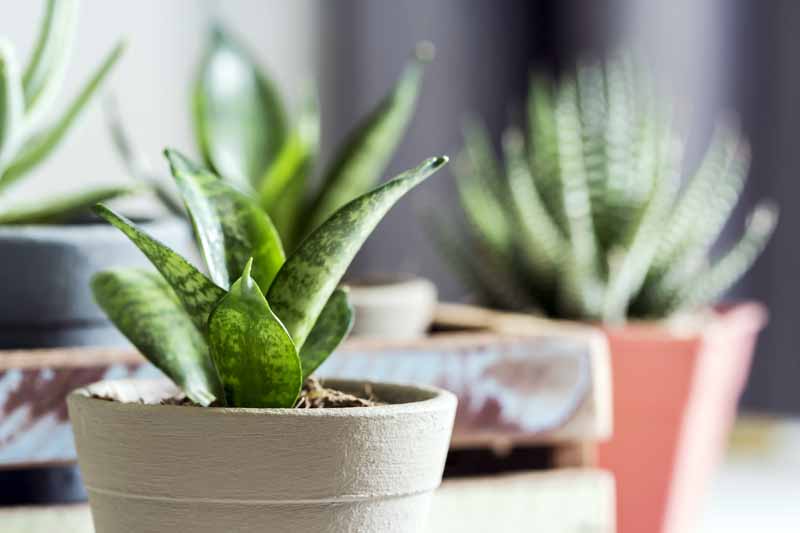
Native to arid regions of West Africa, snake plants evolved to store water in their leaves and grow slowly. This natural drought tolerance means they absorb moisture over time—but excess water can suffocate roots and create fungal problems. Finding the right balance between underwatering and overwatering is key to vibrant, healthy snake plants.
Key Factors That Influence How Often You Should Water
| Factor | Effect on Watering Frequency |
|---|---|
| Light level | More light = faster drainage, more frequent watering |
| Temperature | Warm = faster drying; cool = slower soil moisture loss |
| Humidity | Dry air = more frequent watering; humid air = less |
| Soil type | Well-draining soil dries faster; moisture-retentive soil dries slowly |
| Pot type | Terracotta wicks moisture faster than plastic or glazed pots |
| Plant size | Larger plants drink more; smaller plants need less water |
Recommended Watering Frequency
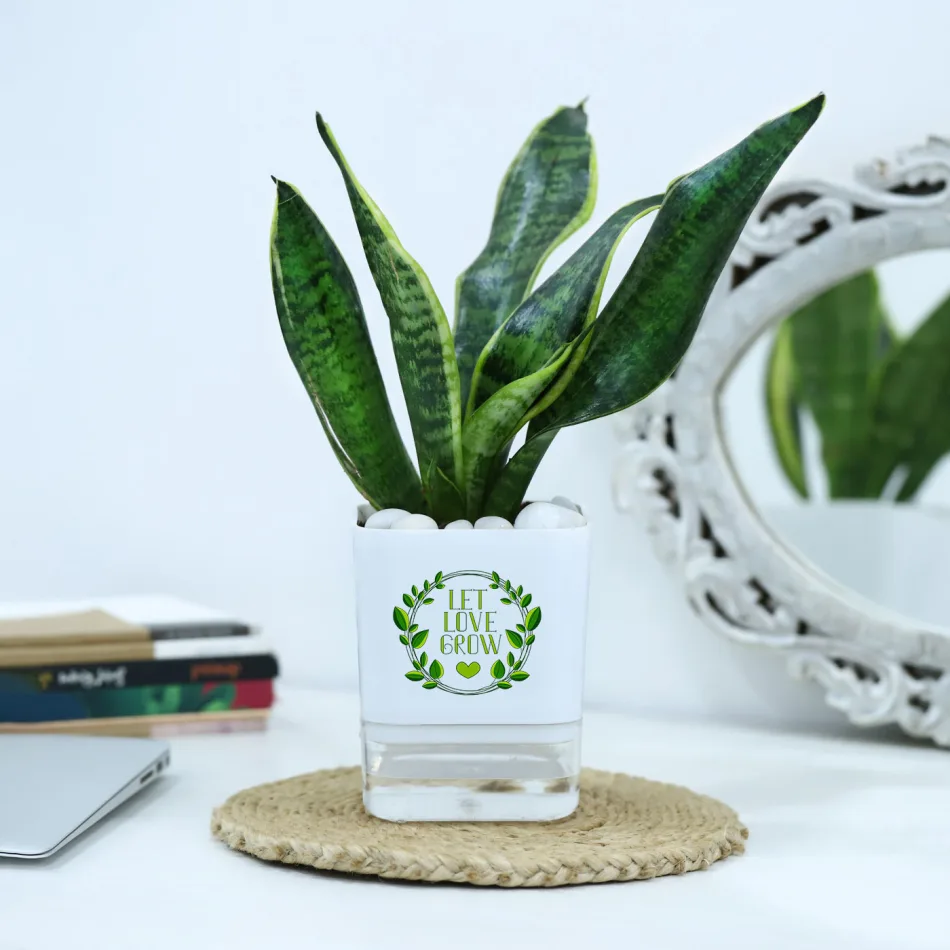
Spring & Summer (Growing Season)
- Frequency: Every 2–3 weeks
- Action: Check soil moisture before each watering
Fall & Winter (Dormant Season)
- Frequency: Every 4–6+ weeks depending on temperature and light
- Action: Let soil dry out longer between waterings
How to Know When to Water: Step‑by‑Step Checklist
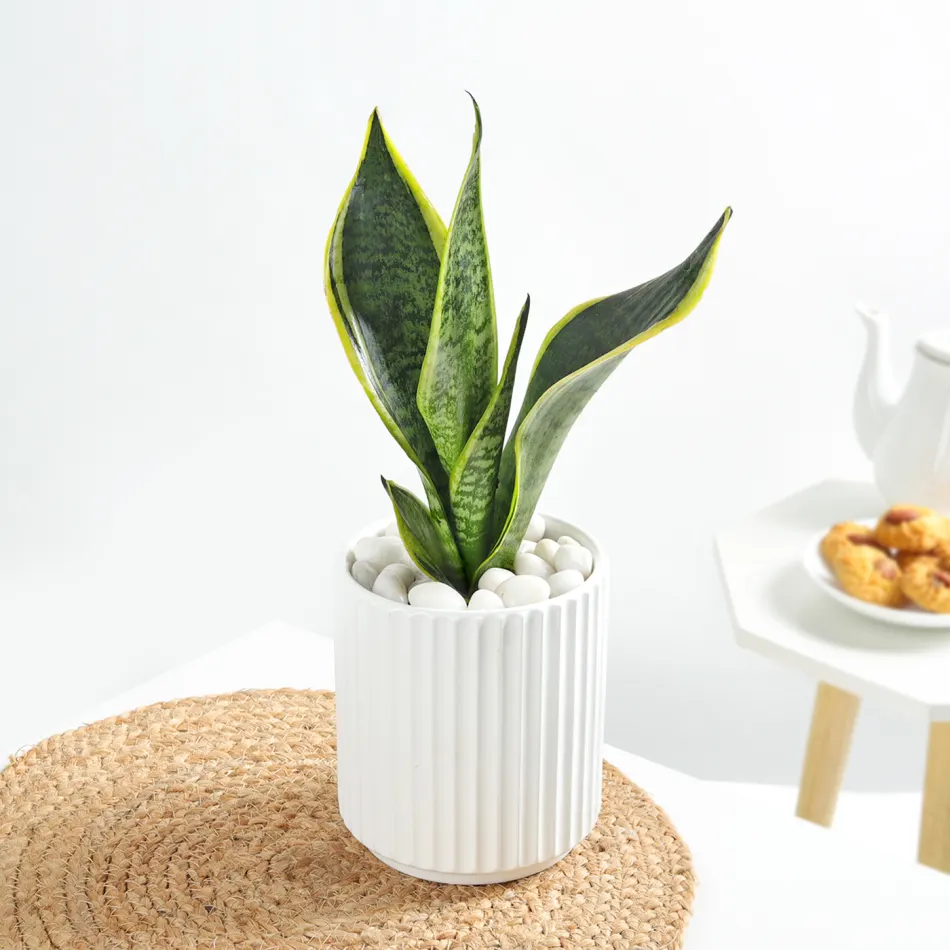
- Check the Soil
Insert your finger 1–2 inches deep. If it’s dry, it’s time to water. If it’s still moist, wait a few more days. - Lift the Pot
A light pot indicates dry soil; a heavy pot means moisture is still present. - Observe the Leaves
- Wrinkled or drooping leaves suggest thirst
- Yellow, mushy leaves point to overwatering
- Skip the Calendar
A rigid “every three weeks” schedule can backfire. Always adjust based on actual conditions in the pot.
Correct Watering Technique
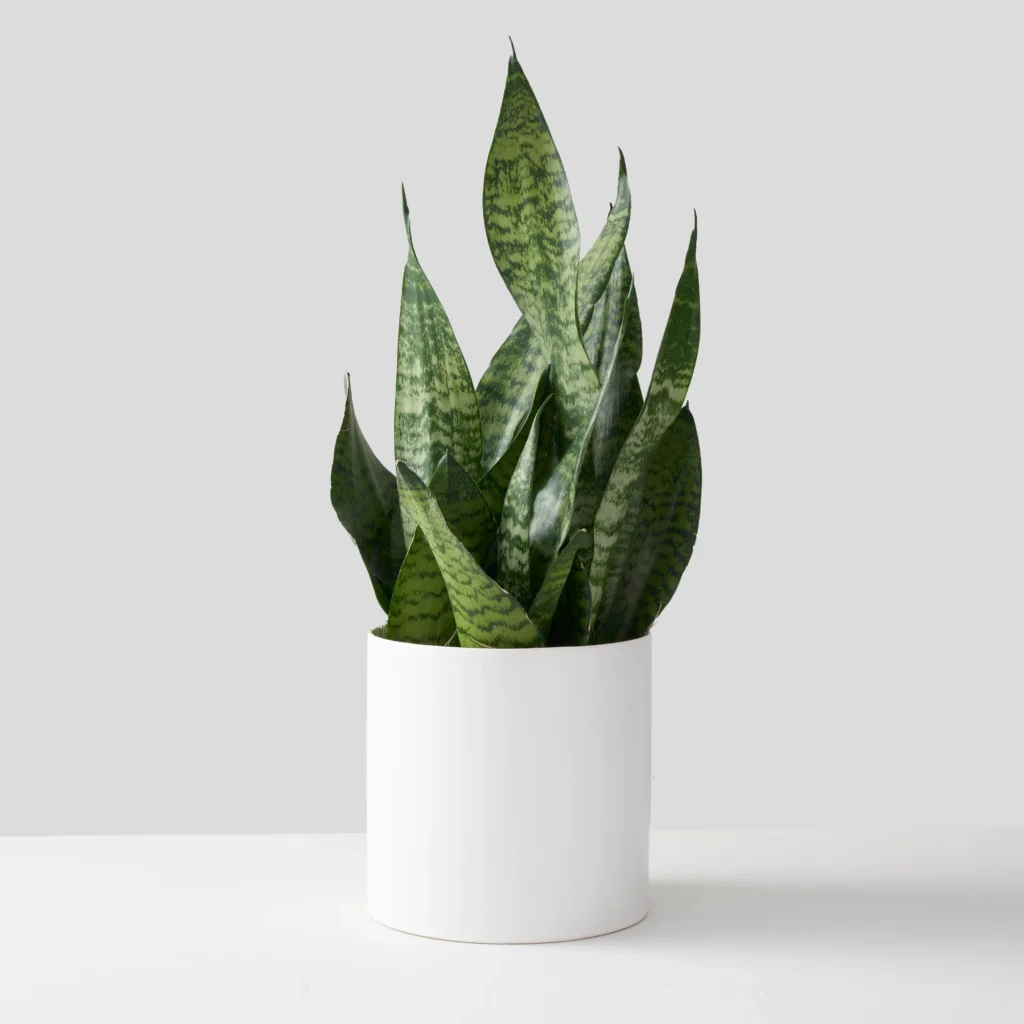
- Use room-temperature water.
- Water thoroughly until it drains freely from the bottom.
- Let excess water drain completely; never leave the pot in standing water.
- Water only at the base of the plant, not on the leaves.
- Remove and empty the saucer or outer tray after watering.
What Happens When You Overwater
Signs of overwatering:
- Soft, weak leaves that collapse
- Yellow lower leaves and darkening at the base
- Foul-smelling, wet soil
- Black, mushy roots when unpotting
Fixes:
- Immediately stop watering; allow soil to dry fully.
- Unpot the plant and inspect roots: trim away any mushy or rotten ones.
- Repot into fresh, dry, well-draining soil.
- Resume watering cautiously—with extended intervals.
What Happens When You Underwater
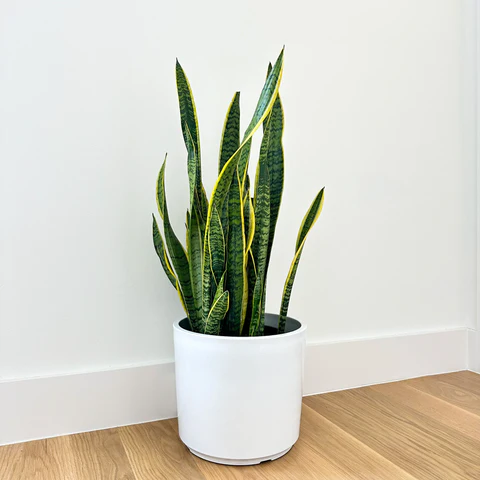
Signs of underwatering:
- Wrinkled, curling, or drooping leaves
- Dry brown tips or crispy edges
- Soil pulling away from pot walls, forming air gaps
Fixes:
- Water thoroughly until runoff occurs.
- Soak the entire pot in a tray of water for about 20–30 minutes for deep hydration.
- Resume lighter, less frequent watering on a moisture-based schedule.
Seasonal Watering Patterns by Environment
- Bright indoor room, winter temp ~65°F: Water every 5–6 weeks
- Warm, well-lit room (~75°F), summer: Water every 2–3 weeks
- Low light or cool spot (<60°F), year-round: Water every 6–8 weeks
- Terracotta pot in warm room: Soil dries roughly twice as fast as in plastic; adjust frequency accordingly
Tips to Keep Watering on Track
- Use well-draining soil—a cactus or succulent blend is best.
- Repot every 2–3 years to refresh soil and reduce compaction.
- Maintain good airflow and avoid stagnant, humid areas.
- On humid days, water less often—even in summer.
- Keep a moisture meter near your plant to track soil conditions.
Common Questions
Q: How much water per session?
A: For an 8–10″ pot, about ¼–½ cup is typically enough. Larger pots need more. Water until it drains out, then stop.
Q: Can snake plants tolerate ignored watering (weeks without)?
A: Yes, they are drought-tolerant and often survive far longer than most houseplants without water.
Q: Should I mist the leaves?
A: No. Mist only encourages fungal issues on snake plant foliage.
Q: Do snake plants need humidity?
A: While they can tolerate dry air, average indoor humidity is fine. No extra misting or trays required.
Sample Annual Care Calendar
| Season | Monthly Action Summary |
|---|---|
| January–February | Water every 5–6 weeks; low light, dormant growth |
| March–April | Begin checking soil every 3–4 weeks |
| May–August | Water every 2–3 weeks; check pot weight regularly |
| September–October | Transition to watering every 3–4 weeks |
| November–December | Water every 5–6 weeks; monitor soil dryness |
Final Thoughts
The secret to keeping snake plants healthy is not fancy fertilizers or bright light—it’s consistent, smart watering based on actual soil conditions. When the soil is dry, water. When it’s moist, wait. That simple rhythm, matched to the seasons and your indoor climate, is the foundation of snake plant success.
Armed with this guide, you’ll know exactly when and how much to water your snake plant—ensuring it thrives for years with minimal fuss. Happy growing!

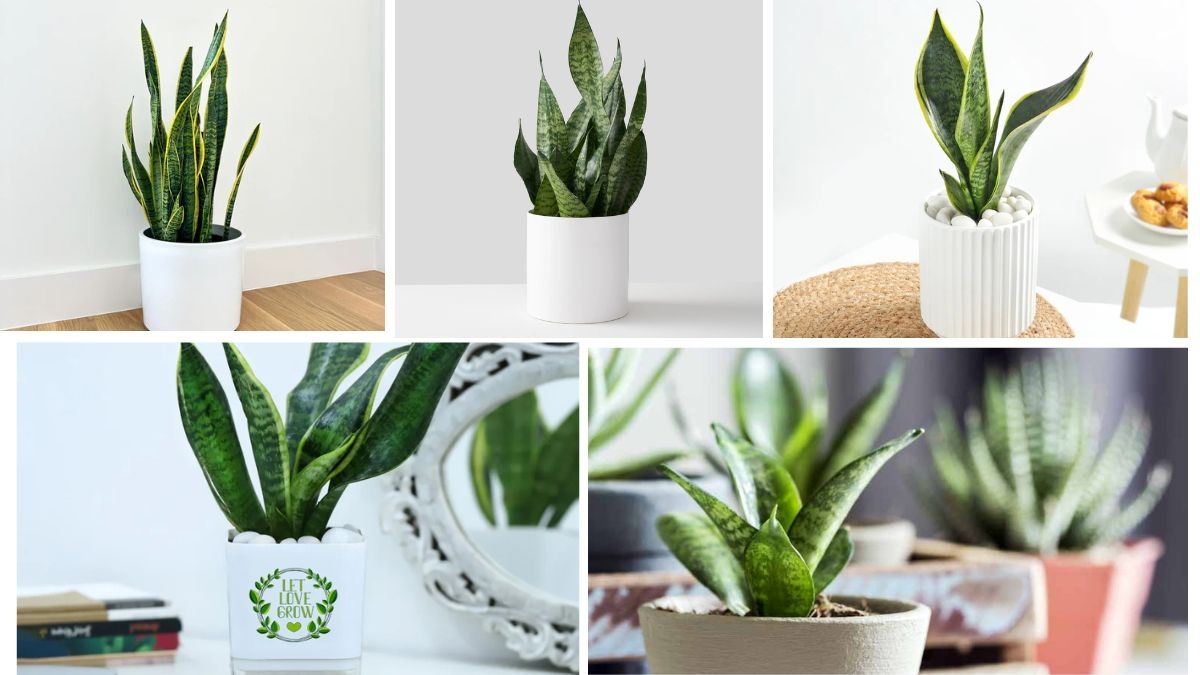




Leave A Comment